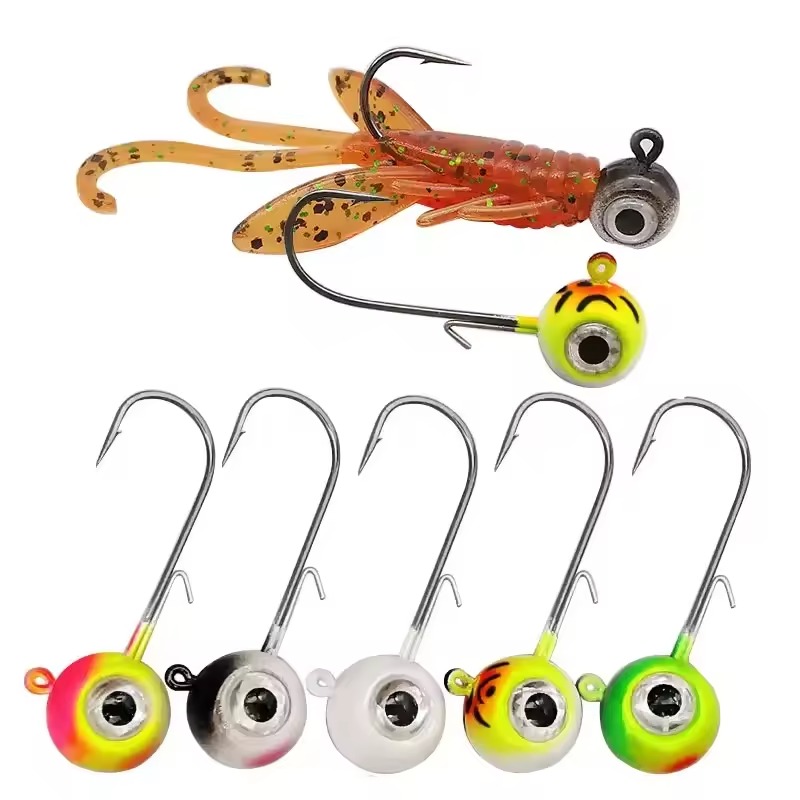The Art of J Hook Fishing
Fishing is not merely a pastime; it serves as a rewarding connection to nature that brings peace of mind and excitement. Among the myriad of fishing techniques, J hook fishing stands out as a method cherished by anglers for its versatility and effectiveness across various fish species. J hooks are specifically designed to snag fish efficiently, making them a critical tool for any angler’s tackle box.
However, the variety of J hooks available on the market can make selecting the right one daunting, especially when different fish species require different approaches. In this comprehensive guide, we will break down everything you need to know about J hooks. We’ll explore their types, key features, and factors to consider when selecting the right hooks for your fishing adventures. You’ll also find practical techniques and tips for using J hooks effectively. By the end of this article, you’ll be equipped to increase your odds of a successful catch.
Understanding J Hooks: What Makes Them Unique?
What exactly are J hooks? Unlike circle or treble hooks, J hooks feature a straightforward design that resembles the letter “J.” One end has a sharp point, while the other end features an eye for attaching your fishing line. This simple design allows for effective hooking and reeling techniques, making J hooks a popular choice among anglers of all skill levels.
1. Efficiency of J Hooks
The design of J hooks is particularly advantageous for fish with softer mouths. The shape of the hook allows it to penetrate these mouths easily. This makes them especially effective when targeting species that are known for their “sucker” feeding behavior, where fish take the bait head-on. As a result, J hooks are favored for both saltwater and freshwater fishing. When applied with traditional fishing techniques, the hook’s design facilitates successful hook sets.
2. Variety of Applications
J hooks are incredibly versatile. They can be used for various fishing techniques, such as live bait fishing, jigging, and for artificial lures. This adaptability means anglers can effectively target a wide range of fish species, from freshwater bass to saltwater snapper. Their efficacy in various fishing environments makes them an essential piece of gear for both novice and experienced fishers.
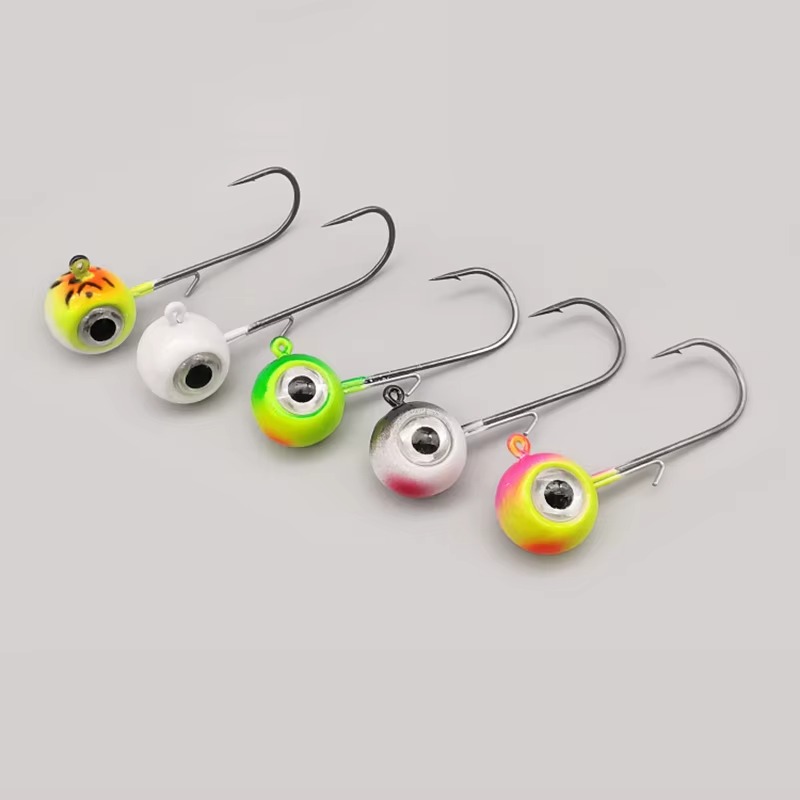
Factors to Consider When Choosing J Hooks
Selecting the right J hook requires careful consideration. There are several key factors you’ll want to weigh before making your choice:
1. Target Species
Identifying your target fish species is perhaps the most critical step in selecting the right J hook. Different fish have varying mouth structures and feeding habits, which will determine the suitable hook type. For instance, larger fish like pike or catfish may require a heavier and larger hook, while smaller species such as panfish may be best served with finer, more delicate J hooks.
Example Species and Recommended J Hook Sizes:
- Trout: Typically, a size 10-14 J hook works great when using small bait like worms or power bait.
- Bass: A size 2-4 J hook is ideal, especially when using larger live bait or lures.
- Catfish: For larger catfish, a size 5/0 or larger J hook is recommended to handle the weight and size of the fish.
2. Hook Size
J hooks come in various sizes, and hook size significantly impacts how effectively it will hold your desired fish. Larger hooks are generally better suited for larger species, while smaller hooks should be used for smaller fish. Therefore, it pays to have a range of hook sizes in your tackle box.
3. Hook Material
The hook material also affects performance. Here are two common options:
- High-Carbon Steel: Offers strength, sharpness, and durability. Makes an excellent choice for many freshwater species.
- Stainless Steel: Resists rust and corrosion, making it ideal for saltwater fishing. While often heavier, this type of metal can significantly prolong the life of your hooks in challenging conditions.
4. Hook Style
J hooks can come with unique features that enhance performance. For example:
- Wide Gap Hooks: These allow for larger bait, which can make a strong presentation.
- Rolled-In Eyes: These create a flush connection with your fishing line, improving line sensitivity.
Understanding different hook styles enables you to select those that best match your fishing technique.
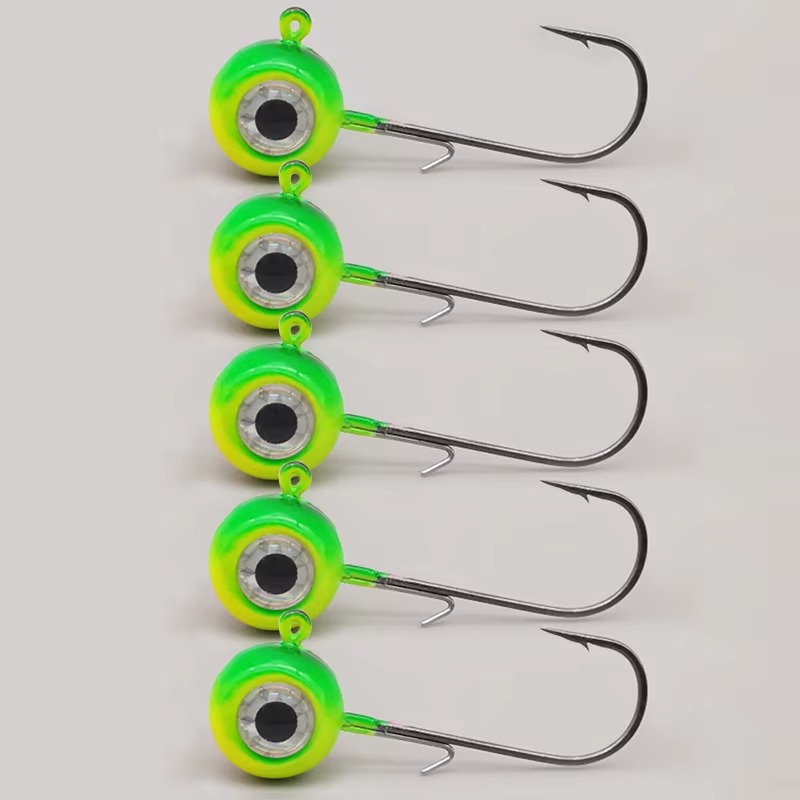
Popular J Hook Sizes and Their Uses
Knowing the popular sizes and their corresponding applications can help you make informed choices as you’re J hook fishing:
1. Size 1 to 4 Hooks
Best suited for smaller freshwater fish such as trout and panfish, these sizes are ideal for live bait fishing. The relatively small size keeps the bait natural and convincing, effectively enticing fish.
2. Size 2/0 to 4/0 Hooks
These mid-range sizes work effectively for catching bass, walleye, and catfish. They strike the perfect balance between being large enough to handle bigger bait while remaining applicable for various fishing scenarios.
3. Size 5/0 to 8/0 Hooks
These larger J hooks are designed for hefty fish such as catfish, pike, and saltwater species like redfish. Their size enables them to penetrate well through tougher mouth structures and to securely hold onto larger bait.
4. Proper Sizing for Specific Bait
Selecting the right hook size also depends on the bait used. For instance:
- A size 2/0 hook is excellent for a medium-sized minnow.
- If you are using larger bait such as cut fish for catfish, larger hooks (5/0+) are necessary to secure the bait effectively.
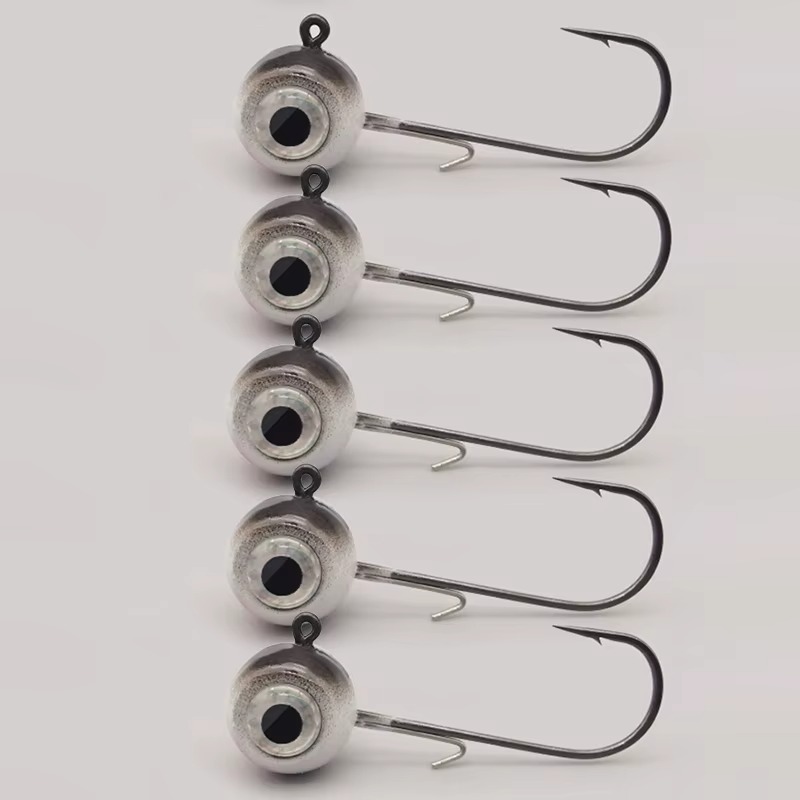
Techniques for Successful J Hook Fishing
Now that you’ve chosen the right J hooks, employing effective techniques can significantly enhance your success rate. Here’s how:
1. Using Live Bait
Live bait remains a staple in successful J hook fishing. When using live bait, it’s crucial to secure it properly on the hook. This is usually done by threading the hook through the lips or back, ensuring that the bait has enough movement to attract fish. The natural motion of live bait mimics the movements of smaller fish that predators often target.
2. Hook Set Techniques
Using the correct hook-setting technique can make a substantial difference in your catch rate. Once you feel a bite, don’t jerk the rod abruptly. Instead, use a gentle but firm upward motion while reeling in slowly. This technique allows the hook to penetrate the fish’s mouth effectively, greatly enhancing your likelihood of snagging the fish securely.
3. Pay Attention to Environmental Factors
Effective J hook fishing requires strategic timing. Fish often bite during specific hours, particularly during twilight. Early mornings and late evenings tend to yield better results. Additionally, factors such as barometric pressure, temperature, and tide movements can significantly impact fish behavior. Understanding these elements can help maximize your fishing success.
4. Varying Your Presentation
Different presentation styles can affect how fish respond to your bait. When using artificial lures, play with the speed and rhythm of your retrieval to find what works best. For live bait, consider experimenting with how deep you let it sink, as well as its movement. Mimicking the natural behavior of prey can be key to enticing bites.
5. Use of Floatation Devices
Sometimes, using additional gear like floats can aid your fishing. Floats allow bait to be suspended at a desired depth, making it more visible to fish below. This can be particularly effective in still water or during slow fishing days.
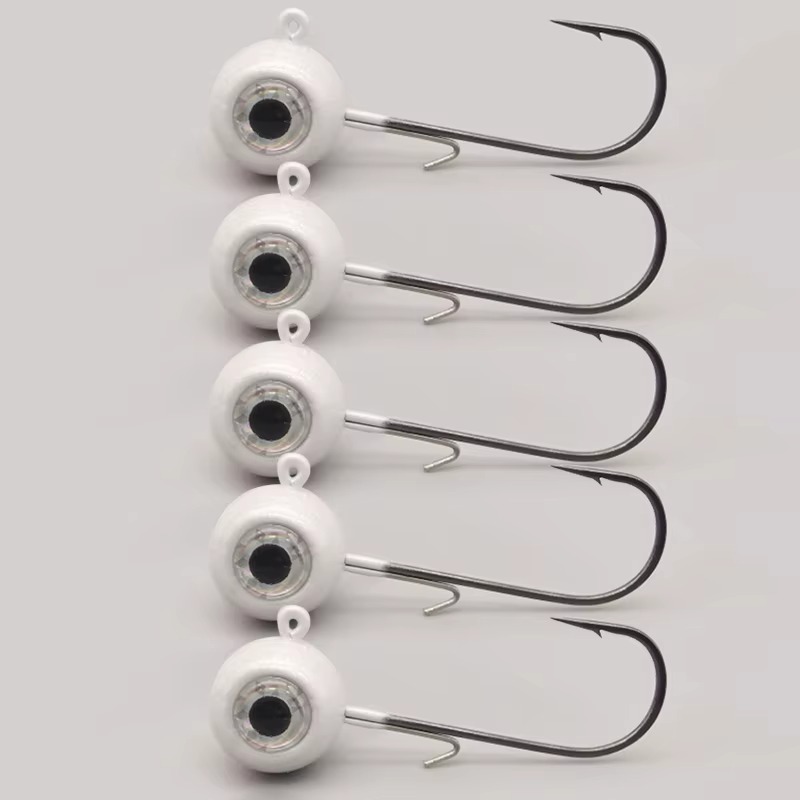
Maintenance and Care for J Hooks
Maintaining your J hooks will prolong their longevity and overall effectiveness. Here are some essential care tips:
1. Regular Inspections
Before every fishing trip, inspect your hooks for signs of damage, rust, or dullness. Dull hooks won’t penetrate fish mouths effectively, so replacing them or sharpening them beforehand is advisable.
2. Proper Storage Techniques
When not in use, store your hooks in moisture-free environments. Use tackle boxes with dividers to prevent hooks from tangling with each other, as this can lead to bent or damaged hooks.
3. Routine Cleaning
After each use, especially if you’ve fished in saltwater, rinse your hooks in fresh water to eliminate any contaminants. Thorough cleaning prevents rust and keeps the hook’s performance at its peak.
4. Rotation of Hooks
Try to rotate your hooks regularly to ensure that each one has an equal chance of usage. This can help keep all your hooks in usable condition and extend their lifespan.
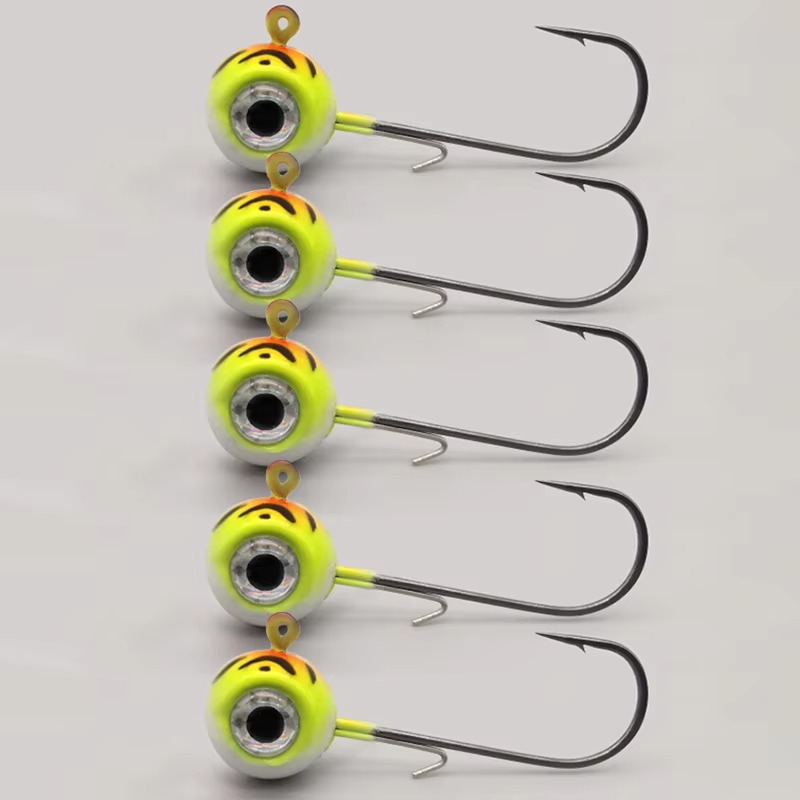
Mastering J Hook Fishing
In conclusion, mastering J hook fishing and understanding how to choose the appropriate hooks for various fish species is essential for any angler wishing to increase their catch rate. By carefully considering your target species, paying attention to specific hook sizes and materials, and applying practical fishing techniques, you can effectively set yourself up for success on the water.
Ultimately, practice and experience will enhance your skills and confidence as a J hook angler. With the guidance provided in this article, you are now better equipped to tackle J hook fishing with knowledge and finesse. Now, equip your tackle box, get out on the water, and enjoy the thrill of fishing!
